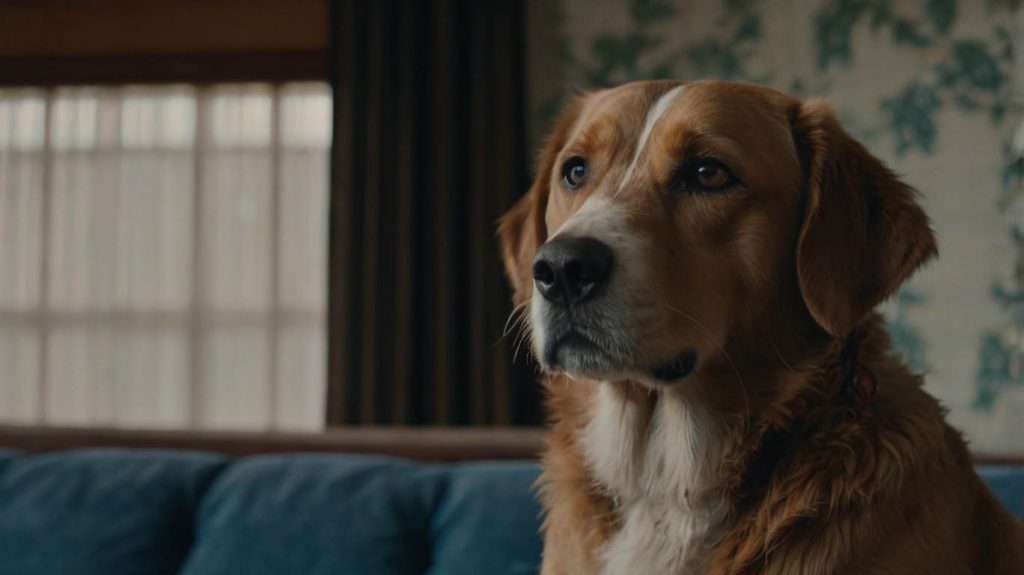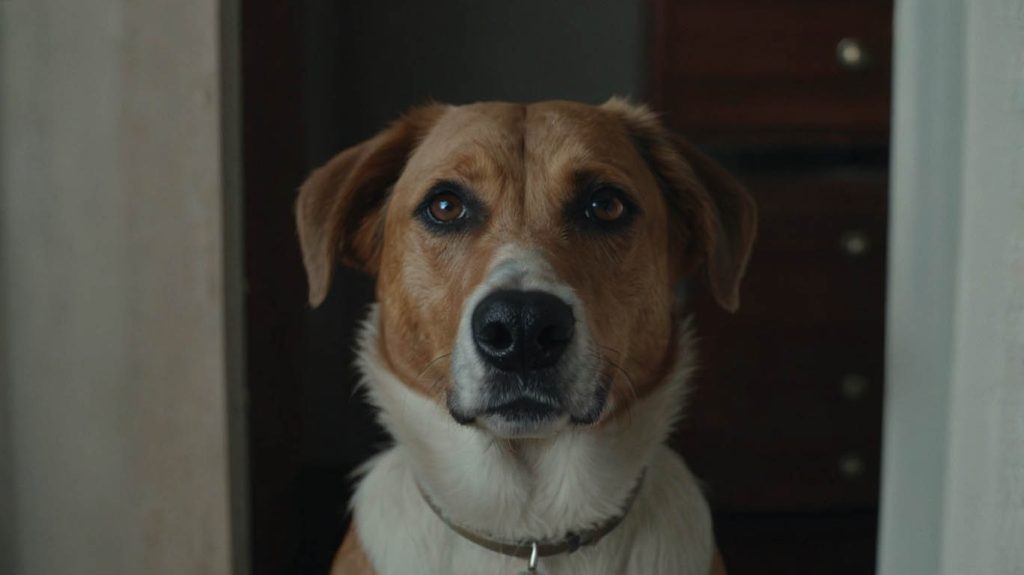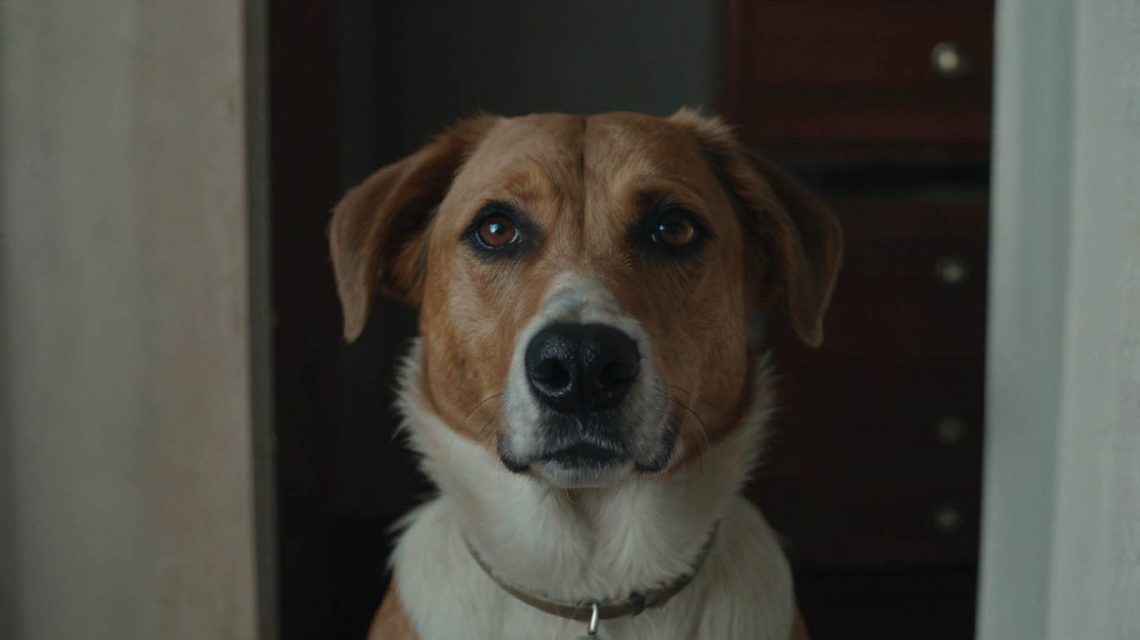Signs of Separation Anxiety in Dogs: A Guide for Understanding Your Best Friend
At home, your dog is your loving, goofy, perfect companion. They follow you from room to room, curl up at your feet, and greet you with a joy that can turn any bad day around. But when you leave, a different story unfolds. You return home not to a happy greeting, but to a scene of chaos: a shredded pillow, frantic scratch marks on the doorframe, or a note from a neighbor about incessant barking. Your heart sinks with a mixture of frustration and guilt. Consequently, you start to realize you might be witnessing the classic signs of separation anxiety in dogs.
If this sounds like your life, it is crucial to understand that your dog is not being “bad,” “naughty,” or “spiteful.” They are not destroying your home to punish you for leaving. They are experiencing a genuine panic attack, a wave of terror that overwhelms them when they are left alone. Therefore, this guide is designed to help you become an expert observer. We will walk you through the subtle and overt clues, help you differentiate them from other behavioral issues, and provide a clear, responsible action plan to start the journey toward a calmer, happier dog.
What Exactly is Separation Anxiety in Dogs?
Before we can identify the signs, we must define the condition. Canine separation anxiety is a clinical condition where a dog exhibits extreme stress and panic when they are separated from their primary caregiver(s). It’s more than just a little sadness or boredom; it’s a true phobia of being alone.
A key diagnostic factor is that these behaviors only occur when the dog is left alone or perceives they are about to be left alone. A dog who chews furniture while you are watching TV is likely bored, but a dog who only chews the doorframe when you’re at work is sending a very different signal.

The Most Common Signs of Separation Anxiety in Dogs
Recognizing these specific behaviors is the first step toward getting your dog the help they need.
Destructive Behavior: A Telltale Sign of Separation Anxiety
This is often the most visible and distressing sign for owners.
- What it Looks Like: The destruction is typically focused on points of entry and exit, such as doorways, window sills, and crate bars. You may see chewed-up doorframes, shredded blinds, or bent wires on a crate.
- The “Why”: This is not random destruction. The dog is in a state of panic and is desperately trying to escape and find you. It’s an outward expression of their internal terror.
Excessive Vocalization (Barking and Howling)
If your neighbors are complaining, this is a major clue.
- What it Looks Like: This isn’t a single bark at the mail carrier. The vocalization associated with separation anxiety is often persistent, high-pitched, and filled with distress. It usually begins shortly after you leave and can continue for hours.
- The “Why”: This is a distress call. In the wild, a lost puppy would cry out for its mother. Your dog is doing the same thing—calling out in the hope that you will hear them and return.
House Soiling (Urination and Defecation)
This is one of the most misunderstood signs of separation anxiety in dogs.
- What it Looks Like: A dog who is perfectly and reliably house-trained will urinate or defecate in the house, but only when left alone.
- The “Why”: This is not a spiteful act. Extreme fear and panic can cause a physiological response that leads to a loss of bowel and bladder control. Punishing them for this will only increase their anxiety.
Escape Attempts: A Dangerous Sign of Separation Anxiety
Some dogs will go to extreme lengths to escape confinement.
- What it Looks Like: You may see broken crate latches, damaged door handles, or even broken windows. These dogs can also cause significant self-injury, such as broken teeth, cut gums, and scraped, bloody paws.
- The “Why”: This is a pure flight response driven by panic. The dog is so terrified of being alone that they will do anything to try and get out.
Pacing, Drooling, and Panting
These are the physical manifestations of their internal stress.
- What it Looks Like: You may find puddles of drool near the door or in their crate. Pacing in frantic, repetitive patterns is also a common sign.
- The “Why”: Excessive drooling (hypersalivation) and panting are classic physiological responses to anxiety and stress in dogs.
Pre-Departure Anxiety: Watching for Signs of Separation Anxiety Before You Leave
The panic often begins long before you walk out the door. Your dog has learned to associate certain actions with your imminent departure.
- The Triggers: Common triggers include picking up your keys, putting on your work shoes, or grabbing your purse or briefcase.
- The Behaviors: When they perceive these cues, they may start to show signs of anxiety like trembling, hiding, panting, or becoming a “velcro dog,” shadowing your every move.

What It’s Not: Differentiating From Other Common Issues
To be sure you’re dealing with separation anxiety, it’s important to rule out other problems.
- Boredom: A bored dog might chew a pillow or a shoe, but the destruction isn’t typically focused on escape routes.
- Incomplete House Training: A puppy who isn’t fully house-trained will have accidents whether you are home or not. Separation-related soiling only happens in your absence.
- Medical Issues: Sudden behavioral changes can sometimes be linked to underlying medical problems. For example, a urinary tract infection can cause house soiling.
The Crucial Next Step: What to Do If You See These Signs
If this list sounds alarmingly familiar, it’s time to take action.
- Set Up a Camera: This is the most definitive diagnostic tool. A simple webcam or baby monitor will show you exactly what your dog does when you’re gone and confirm if you’re seeing true signs of separation anxiety in dogs.
- Consult Your Veterinarian: Your first call should be to your vet. They need to perform a full physical exam to rule out any medical causes for the behavior. As the American Veterinary Medical Association (AVMA) advises, a health check is always the first step in addressing behavioral issues.
- Suspend Absences (Temporarily): This is the hardest but most important step. To begin treatment, you must stop leaving your dog alone for longer than they can handle. This may mean using doggy daycare, hiring a pet sitter, or asking friends for help. Every time they have a panic attack, the phobia is reinforced.
- Find Professional Help: Separation anxiety is a serious phobia that rarely resolves on its own. It requires a specific, systematic treatment plan.
Finding the Right Help for a Dog with Separation Anxiety
Look for a certified professional who specializes in this issue.
- Veterinary Behaviorist (DACVB): A veterinarian who has undergone years of additional, specialized training. Find one at the American College of Veterinary Behaviorists (ACVB).
- Certified Separation Anxiety Trainer (CSAT): A trainer who has completed a rigorous certification program specifically in treating separation anxiety.
There is Hope
Recognizing the signs of separation anxiety in dogs is the first step on a journey toward healing. It is a challenging and often slow process, but it is absolutely treatable. With empathy, patience, and the right professional guidance, you can teach your dog the most important lesson of all: that being alone is safe and that you will always come home.
Internal Link Suggestions:
- For more information on what to do next, read our article: “Puppy Anxiety Symptoms to Watch Early.”
- Bulldog owners should know about the symptoms of anxiety. Learn more here: “How to Crate Train an Anxious Dog.“
What signs have you noticed in your dog that make you worry about separation anxiety? Share your story in the comments below—you are not alone.


